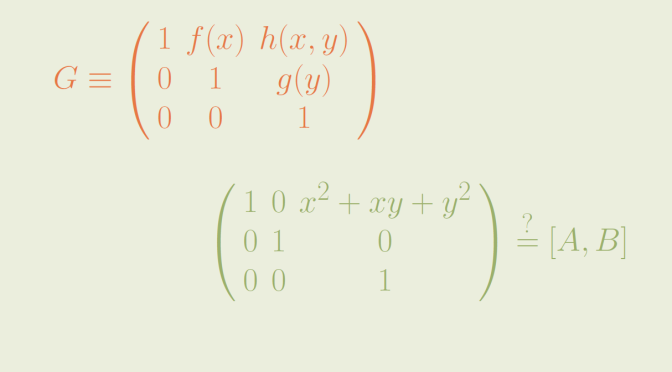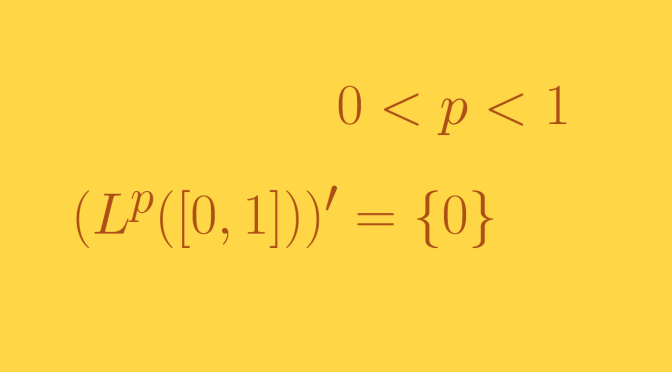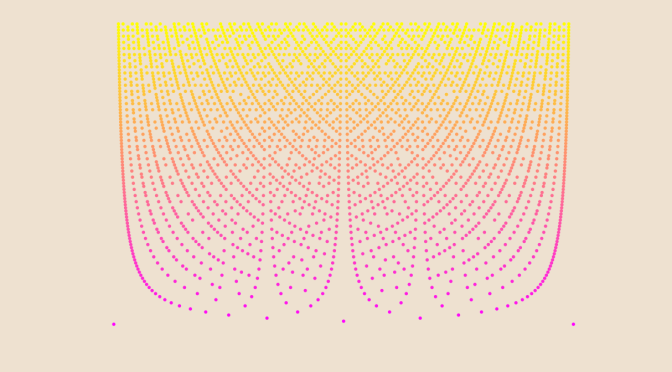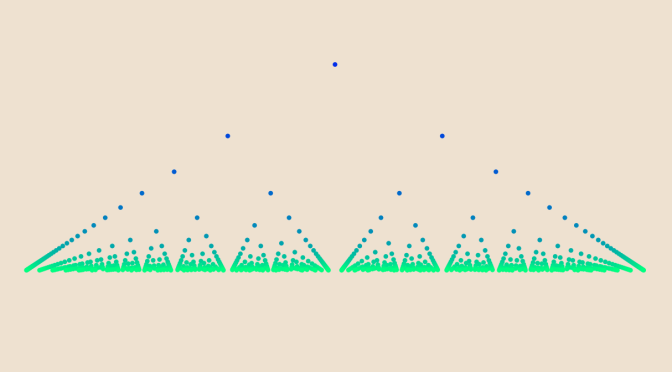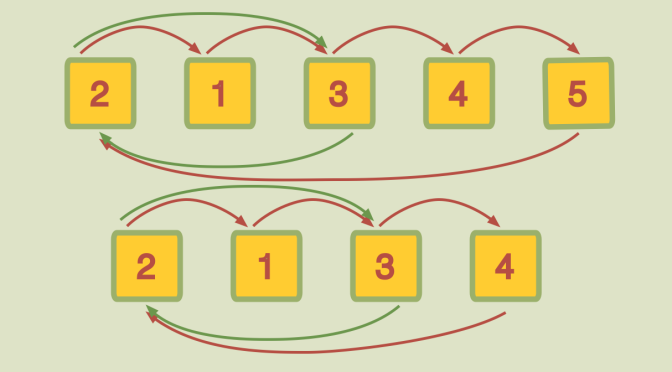We look here at the continuity of a sequence of functions that converges pointwise and give some counterexamples of what happens versus uniform convergence.
Recalling the definition of pointwise convergence
We consider here real functions defined on a closed interval \([a,b]\). A sequence of functions \((f_n)\) defined on \([a,b]\) converges pointwise to the function \(f\) if and only if for all \(x \in [a,b]\) \(\displaystyle \lim\limits_{n \to +\infty} f_n(x) = f(x)\). Pointwise convergence is weaker than uniform convergence.
Pointwise convergence does not, in general, preserve continuity
Suppose that \(f_n \ : \ [0,1] \to \mathbb{R}\) is defined by \(f_n(x)=x^n\). For \(0 \le x <1\) then \(\displaystyle \lim\limits_{n \to +\infty} x^n = 0\), while if \(x = 1\) then \(\displaystyle \lim\limits_{n \to +\infty} x^n = 1\). Hence the sequence \(f_n\) converges to the function equal to \(0\) for \(0 \le x < 1\) and to \(1\) for \(x=1\). Although each \(f_n\) is a continuous function of \([0,1]\), their pointwise limit is not. \(f\) is discontinuous at \(1\). We notice that \((f_n)\) doesn't converge uniformly to \(f\) as for all \(n \in \mathbb{N}\), \(\displaystyle \sup\limits_{x \in [0,1]} \vert f_n(x) - f(x) \vert = 1\). That's reassuring as uniform convergence of a sequence of continuous functions implies that the limit is continuous! Continue reading Pointwise convergence and properties of the limit (part 1)


